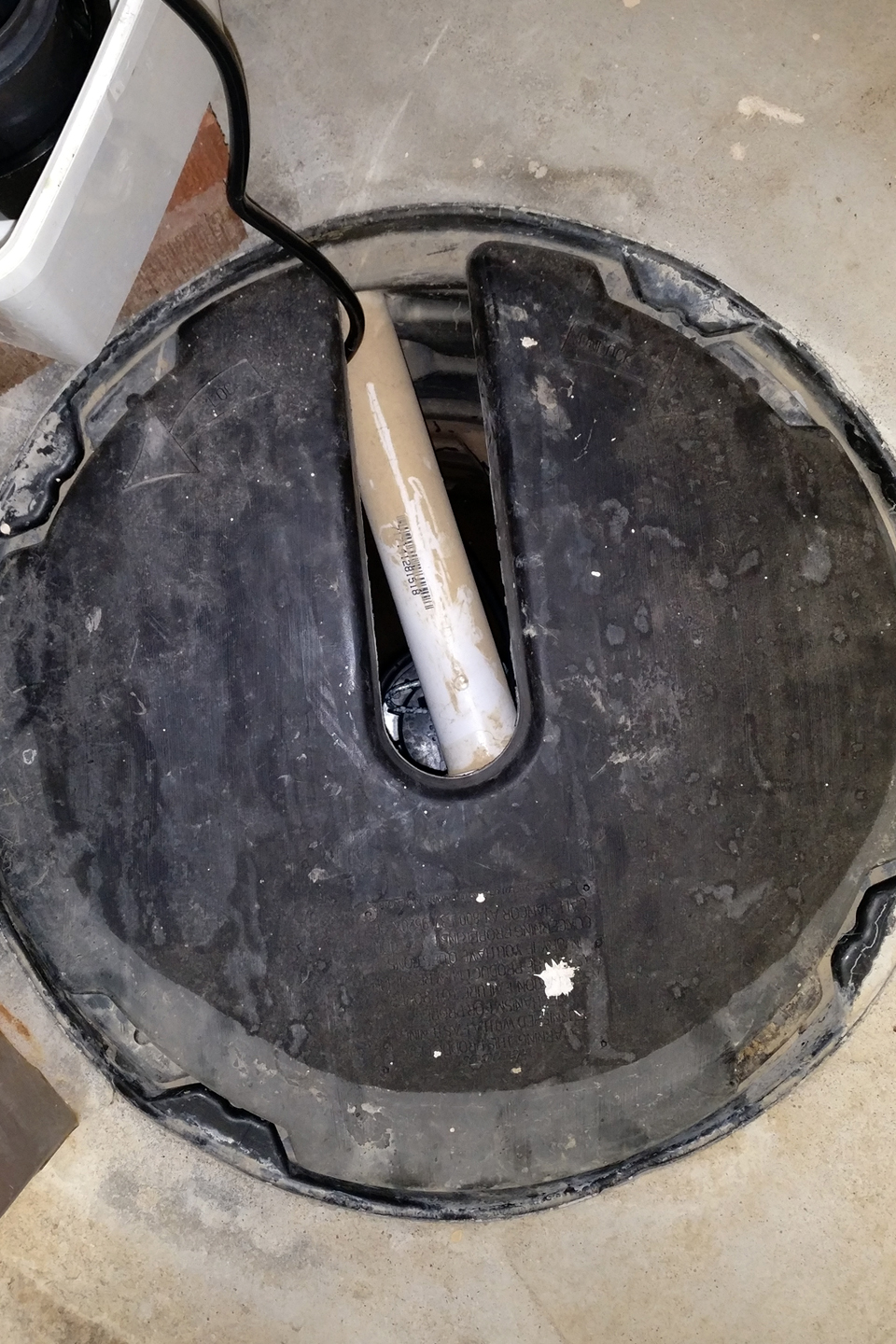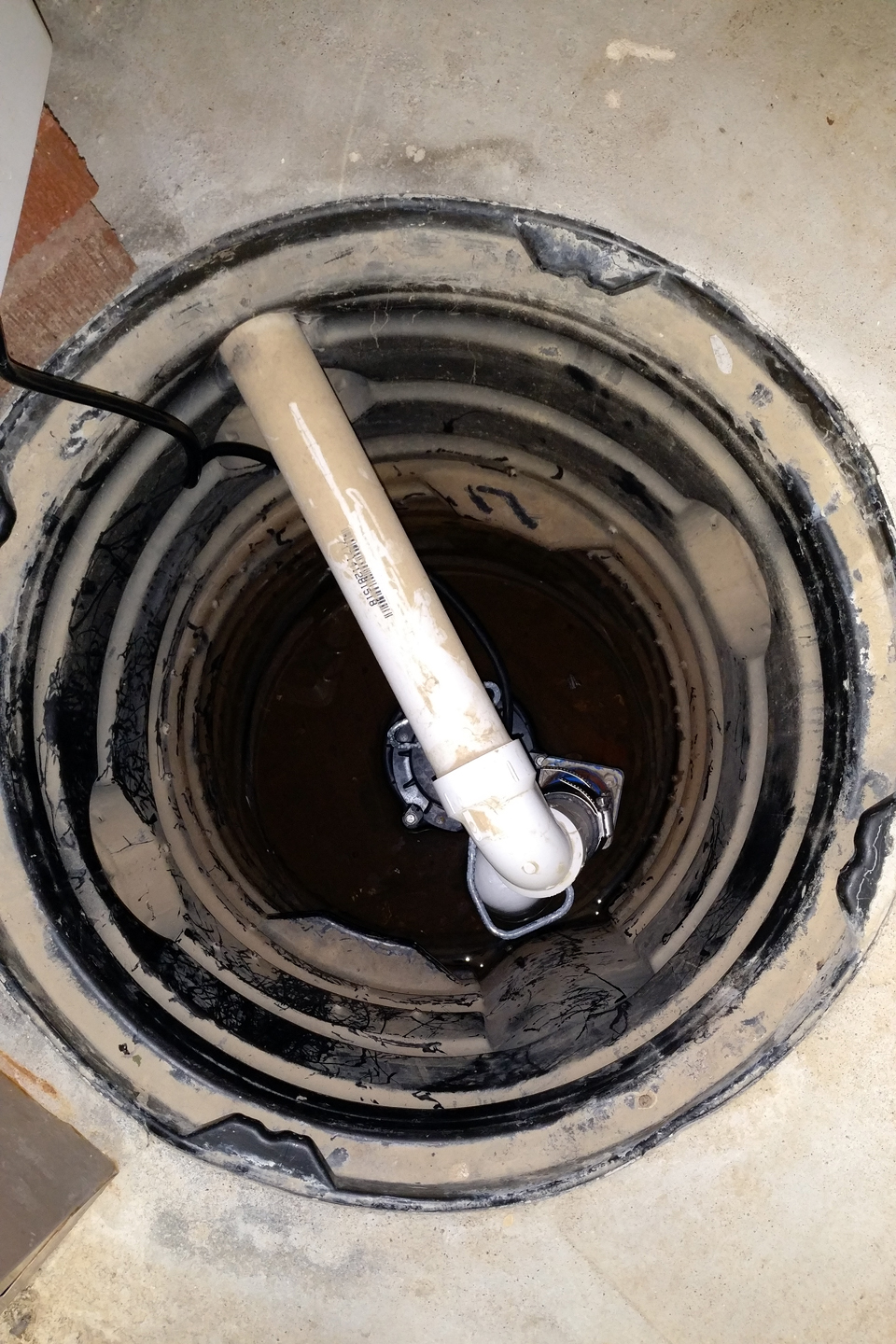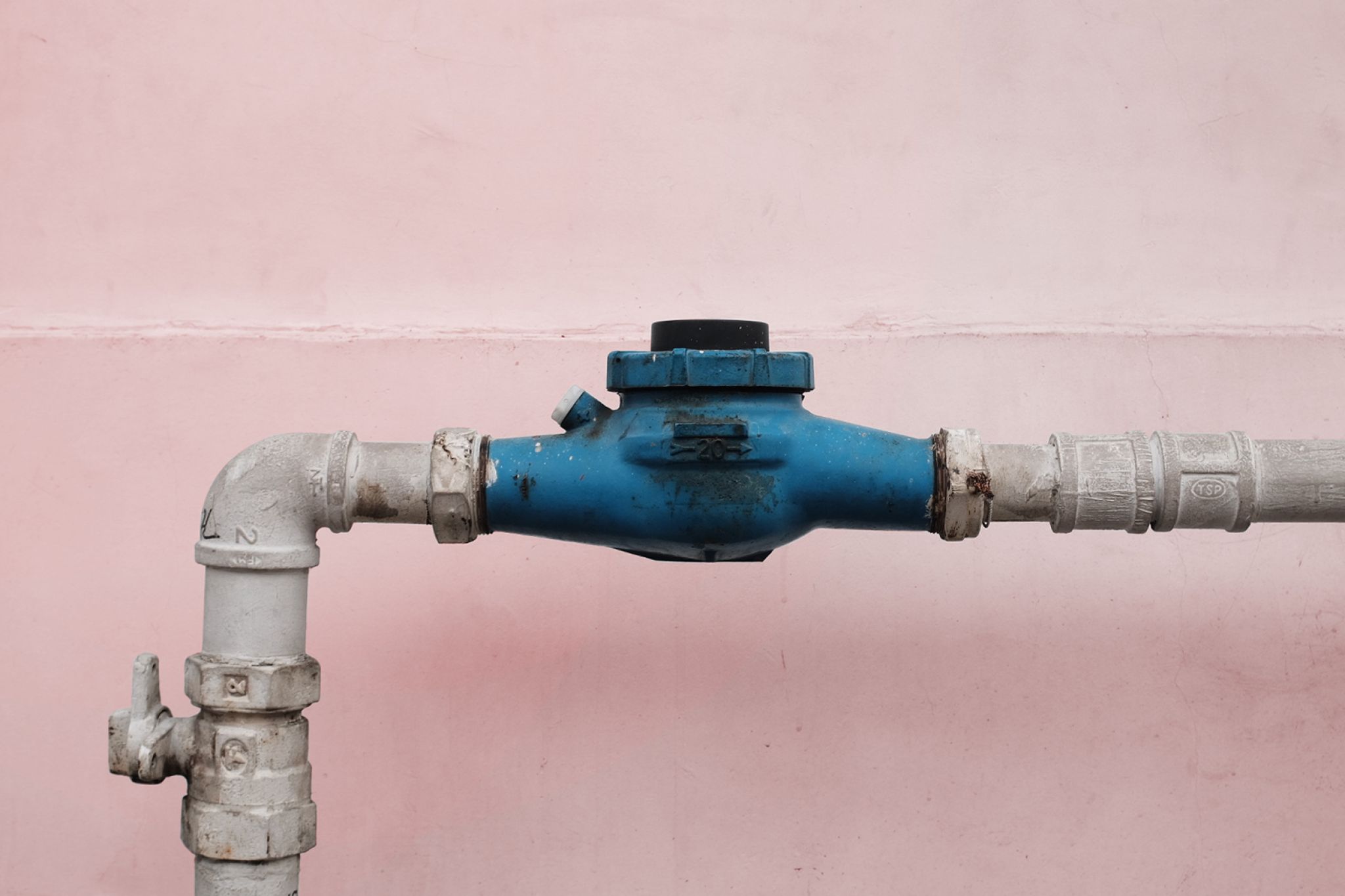If only homes were as user-friendly as a smart phone when you've got a problem. Need a ride? There's an app for that. Food? That, too.
Need to stop your toilet from overflowing? Oops, there's no app for that.
When it comes to your home, you're your own best app. And if you want be a top-rated app, uh, homeowner, you'll need to be able to identify these not-so-pretty (gross in some cases) bits and parts of your home.
(Truth: Even seasoned homeowners don't have a clue about some of these.)
#1 Sewer Cleanout Vent

OK, this doesn't look so bad.
Well, brace yourself. This is the thing you need to find and open if your sewage pipe is clogged (often the case if you've got toilets and sinks overflowing or refusing to drain).
Use a pipe wrench to get the lid off, but prepare yourself because buildup can cause the sewage to spew out at you.
The sewer cleanout valve is typically outside the house, usually a few feet away from the foundation. It can be either above ground, like in the picture above, or in a box below ground.
You'll need this next item to undo the clog (or a plumber if the ick factor is too much for you).
#2 Plumber's Snake

This tool doesn't look nearly as cool (or creepy, depending on your view of snakes) as its name implies, but you'll think it's pretty awesome when it saves you from calling the plumber.
Most homeowners are happy with the simple hand-cranked version pictured above, because it works for common clogs in your sink and bathtub drains. You simply feed the coiled wire into the pipe to release the clog.
But there are other types of snakes (sometimes called augers) that are more specialized:
- A toilet auger, which is designed to be kinder to porcelain than other snakes are.
- A motorized snake, for larger problems, like sewage clogs mentioned above. They're pricey, but if you're a DIYer, you can rent one, which is cheaper than hiring a plumber.
#3 Dishwasher Trap

Add this circular, sunken filter to the list of places you don't want to think about but should: The trap in your dishwasher where all those food scraps go. Yeah. They don't just disappear.
And if you continue to live in dishwasher-trap denial, your dishes might not be so clean. Or your garbage disposal could clog, causing water to back up into the sink.
The trap, as you can see, resembles a grate, and is usually in the bottom of your dishwasher. For most, it's fairly easy to remove (check your manual). But prepare yourself. It might not be (or smell) pretty. And you'll need to wash it by hand — for obvious reasons — unless you're lucky enough to have two dishwashers.
#4 Water Shutoff Valve

Head to the basement or an exterior wall of a utility area and look for the main line that brings water into your home. Go ahead; we'll wait.
Near the water meter, you should see a round handle (like an outdoor spigot) or a
Whether you're facing a burst pipe, need to turn water off to do some DIY work, or just want to avoid costly mishaps during a long getaway, this shutoff is your go-to.
#5 Water Pressure Regulator Valve
No, that's not a metal bell a plumber decoratively added to your water pipe. That's the valve that keeps your water pressure from being too high. The level should be 40 pounds per inch (psi) to 60 psi.
Betcha right now you're thinking, "Woo-hoo! I found the solution for a super powerful shower!"
Don't do it. Pressure that's higher than 60 psi can cause leaking faucets, banging pipes, and ever-running toilets — eventually ruining your pipes and appliances. That's a hefty price for an intense shower.
But if you think your water pressure is too low, pick up a water pressure gauge and hook it to a faucet to test.

.If it's below the recommended 40 psi to 60 psi, there could be a number of causes beyond the regulator, such as a leak or partially obstructed pipes.
So don't be tempted to adjust the regulator yourself to see if that's the problem. It's a touchy job best left to the pros, especially since it has no guides or marks to help you, and even the tiniest adjustment can change the pressure drastically.
#6 Flood Vents

They look like HVAC vents gone a bit astray. But their purpose is very different.
These vents in foundation or crawlspace walls (mostly in flood-prone homes) protect the structural integrity by automatically opening and shutting to let floodwaters flow freely in and out.
And why on earth would you want water flowing in? Because during a flood, water pressure on either side of your foundation walls needs to be able to equalize rapidly or the windows and doors could blow out, and the walls could come tumbling down. Whoa.
Unwitting homeowners often try to fill them with insulation or close them permanently in an effort to be energy efficient. Don't do that.
#7 Sump Pump


Image: Liz Foreman for HouseLogic
It's your dirty little secret hidden in the basement. Under its own trap door, working tirelessly for you.
Every time there's a hard rain, this ugly bugger is chugging away to push water away from your home. (And if you haven't heard, water is your home's No. 1 enemy.)
People often think sump pumps are just for floods, and though they are necessary for that, they also help when rainfall is so heavy that the ground can't absorb it all. When that happens, the ground pushes the water back up — and into your foundation.
And news flash: You don't have to be in a flood plain for this to happen.
Which is why lots of homes have sump pumps, because they push water away from your home and into your drainage system.
So, if you have one, be sure to check on it once in a while to see that it's working properly (you can do this yourself; no plumber needed — just check the manual), preferably every three or four months. And definitely before heavy storms.
